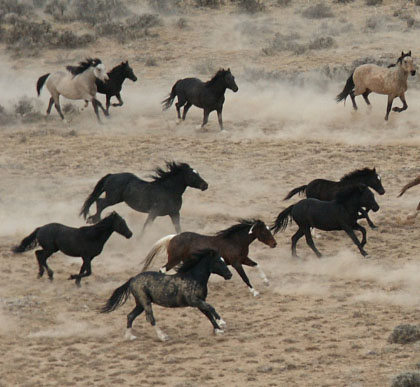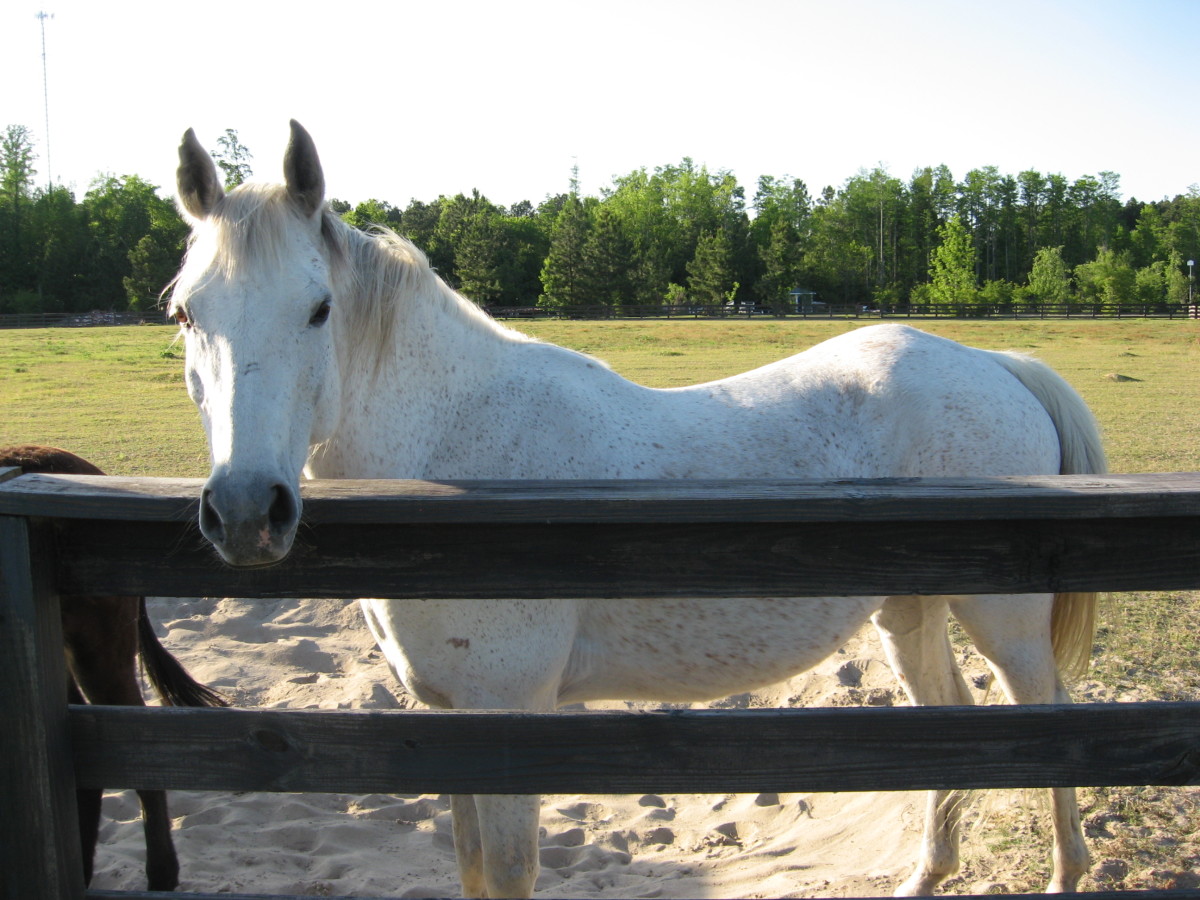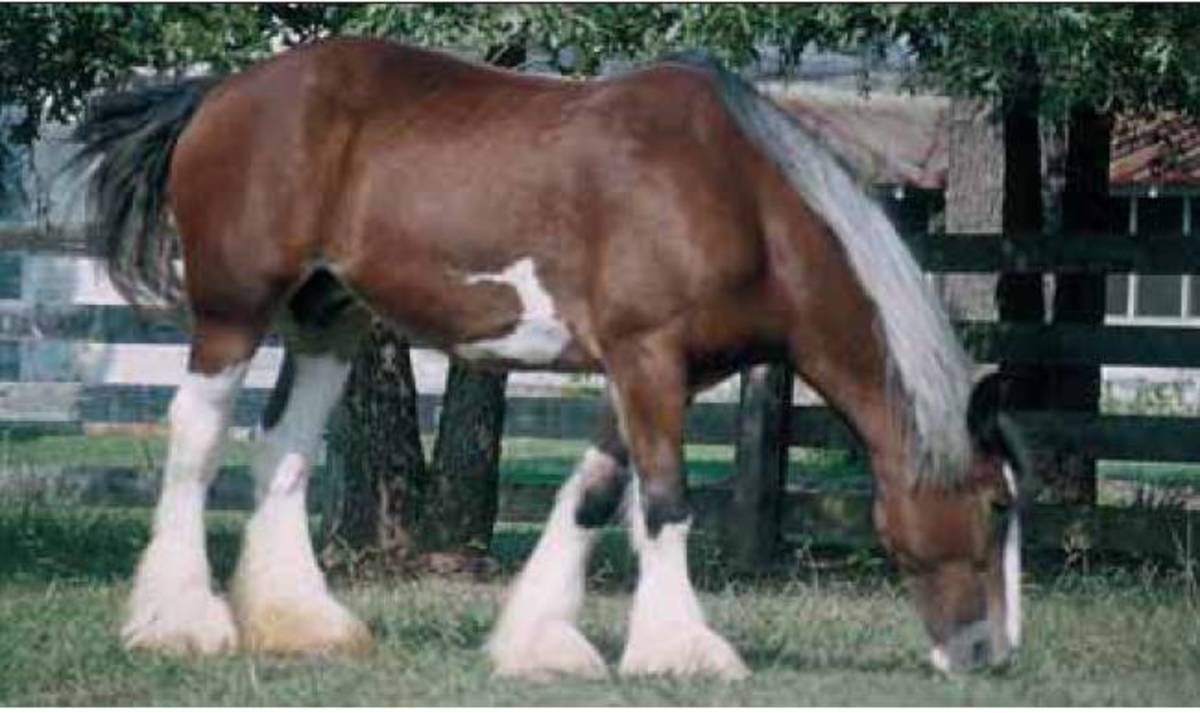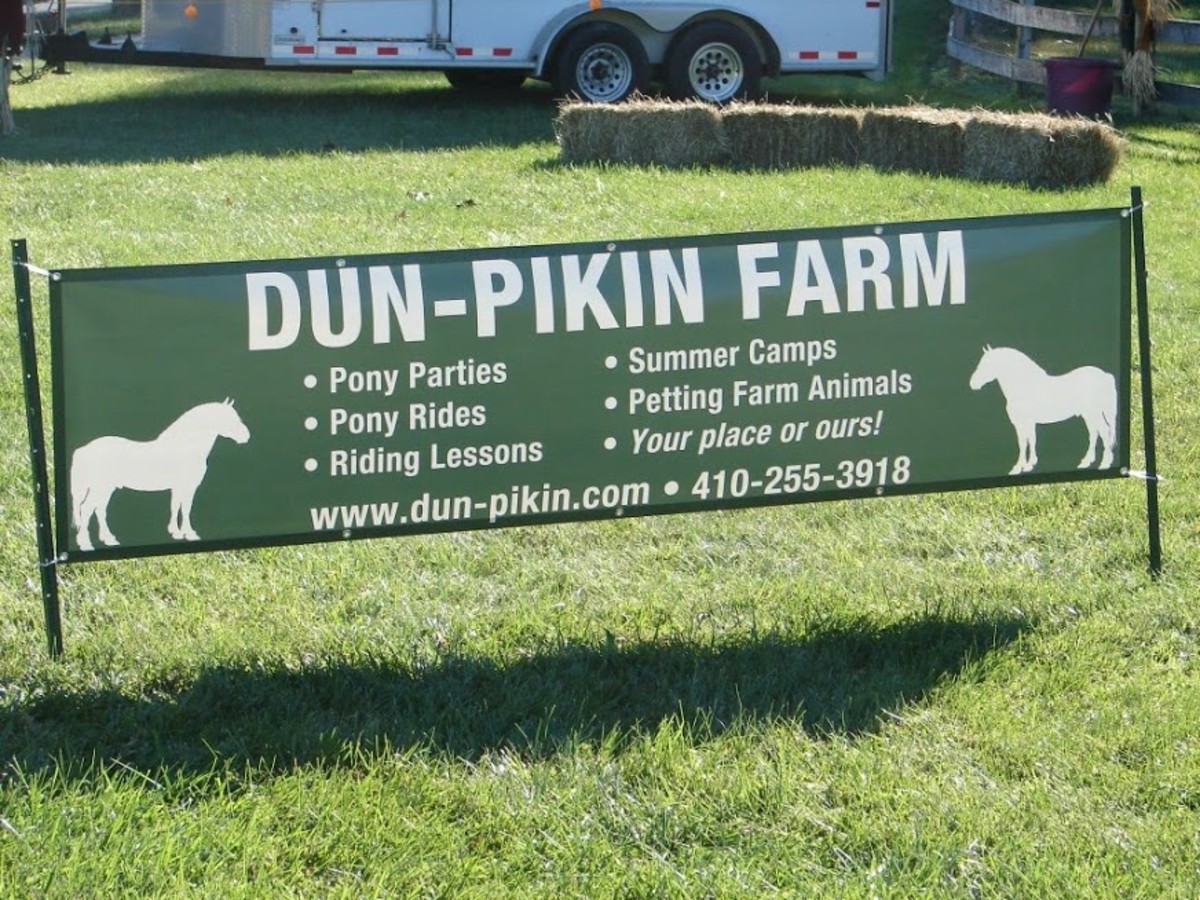How to catch a horse in the field
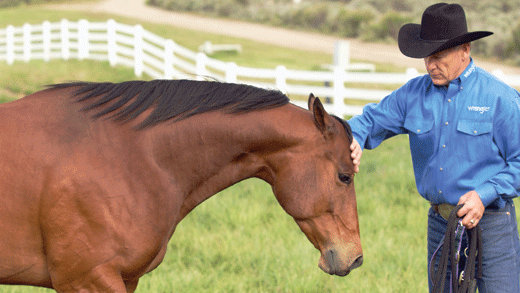
Introduction
Horses that are kept out in a field or pasture will need to be brought in when they are ridden, shod, groomed - or for many other things. But this can sometimes be a problem if the horse doesn't want to come inside.
This is a common problem for anybody who owns a horse or who has worked with them. It can be frustrating and time-consuming. But the good news is that the problem can be easily overcome.
Firstly, lets look at the terminology. People often talk about ''cathing'' a horse when it's out in the field. They say that they want to ''catch'' the animal. Catching is what a predator does to its prey - and that's not the kind of relationship anybody wants to be having with their horse. A horse is a prey animal that has developed natural instincts over thousands of years to evade predators who want to catch them. So is it any surprise that your horse runs away when you go into the field to catch him? No, of course not. So first of all, change your terminology. Say you're bringing in your animal or leading them in.It's a much friendlier term.
Now, horses that wont come in can be a deeper
problem that requires several weeks of work and patience - and that's
what every horse owner should be aiming for. But there are a
number of quick fixes that will help to bring your horse in.
Quick fixes
The oldest trick in the book is to lure your four-legged friend over to you with a bucket of feed then grab with a lead rope or head collar. This works sometimes - and other times the horse won't even come close to the feed if they suspect they're going to be taken in. Whatever the result, this is only really like a temporary plaster and longer term work is needed to change your own behaviour and that of the horse's .
Medium term fixes
Before you walk into the field take a few moments to relax. Take deep breaths and release any stresses and tension from your body. Lower your energy. Try imagining that you have the lightness of a butterfly or you're walking a hundreds of miles through a heavy snowstorm with weeks to go before you reach home. These technique will help to put you in a relaxed state of mind and body. Horses can sense a persons energy and if somebody is hot-headed and frantic they're likely to move away from them. People who're having symptoms of stress should see if there are other areas of their life that could be changed to make things easier.
Approach the horse slowly and walk in a zig-zag motion. Keep your head lowered and approach side on. This is more friendly than walking straight at your horse with your body square. This kind of body language is threatening at the horse may feel intimidated and run away. Also, try walking alongside the horse then turn away and return. Touch them softly, walk away then return. This is the kind of natural bonding that horses will do in the wild and it helps to establish a calm, trusting relationship.
If the two methods above have failed, and the horse continues to move away, then it's time for the next step. As the horse walks away from walk towards them with a slightly higher energy and ask for trot. The horse should trot away. Let them stop and do the same thing again. Ideally, you want the horse to be working around you as if they're on a lunge rope. The idea is to put you back in control of the situation. So rather than being led on a merry dance around the field following the horse you are now telling him what to do. See what's going on? Simply reversing the balance of power in the relationship.
After getting the horse to trot they may still be reluctant to come in. If that's the case then raise your energy even more ask for canter when you approach them. The horse may gallop away, jump, rear, kick, buck and bronc as they run away. Keep calm, and repeat this until they remain still when you approach them. In all likelihood, they cannot keep running all day and night to eventually they will need to stop for a breather. At this point, you can grab them to lead them in.
The most important point is to remember to praise the horse when they accept the rope to be lead in. Reward their good behaviour and they will more willing to be taken in in the future.
Long term fixes
Now it may be that you have a difficult or troubled horse that doesn't want to be ridden. If that's the case then there are deeper issues that may need to be explored with different approaches and therapies. To help, you can do everything you can to change the horse's attitude to being ridden.
It may be that the horse doesn't enjoy being ridden. In this situation it's important for the rider to look at themselves and their riding style. Are they gentle with the animal - or are they harsh and unforgiving? The rider should aim for an approach that is firm but gentle and encourages a trusting and rewarding relationship with the animal.
Make a habit of bringing the horse in to be groomed, to chat the them, to massage them - generally spending quality time with them. This shows the horse that they are not just being taken in to be worked. Hopefully, after several weeks they will start to enjoy being taken in. At this point, they should come bounding to the gate every time somebody approaches their field!
Please visit some of my other pages...
- What to know before buying a horse
This is the first thing that anybody should know before they buy a horse. There should always be a stable and field ready for the horse before it is bought. The animal can stay in a field for a few nights... - Different types of horse riding saddles
These saddles are ideal for the beginner and intermediate rider who has just bought their first horse and enjoys various types of riding. They are sturdy with flaps that are cut forward and can accommodate... - Horse riding in Portugal - Albufeira Riding Centre in the Algarve
I spent a week on holiday in Portugal and took my riding boots in case there was anywhere that did tourist rides. Thankfully, the moment that the bus parked outside the hotel in Albufeira I noticed signs at...
A powerful herd of wild horses galloping free!
